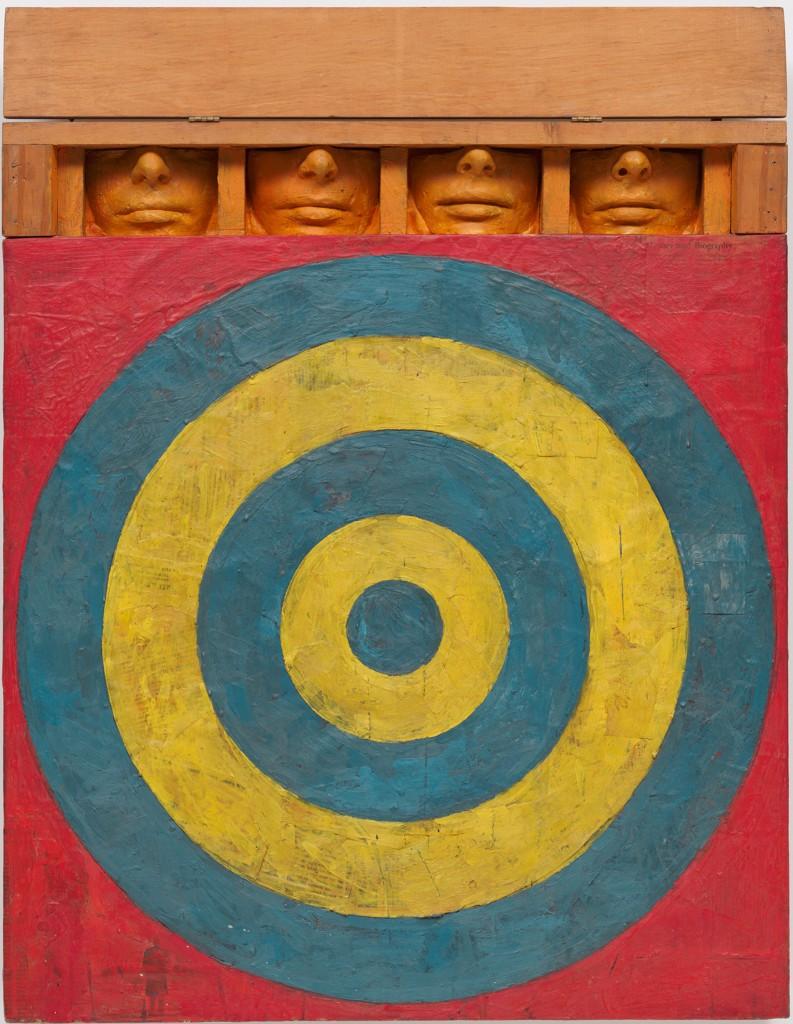Surviving The MoMA: A Dummy’s Guide To Modern Painting
June 3, 2011
Published: May 1, 2008
Ever feel lost when talking about modern art? Want to sound intelligent when talking to your parents, professors and peers about modern paintings? Then clip this article out of The Observer, put it in your pocket and keep it as a quick reference guide.

Part I: Art Movements
Fauvism is a style of art that conveys a subjective view of the world infused with spontaneous colors and brush strokes. The term originated in the early 1900s from the French word “les fauves,” or wild beasts, referring to the wild application of color and texture. Check out “Madame Matisse” by Henri Matisse for a taste of this style.
Impressionism captures the artist’s sense of an object. Impressionistic art despicts real objects but through the interpretation of the artist, often appearing as though it is unfinished. It emerged in the late 19th century to contrast the detailed documentation of realist art. Claude Monet captures the essence of this style in “Impression Sunrise.”
Post-Impressionism emerged in the 20th century. Post-impressionist art is a representation of the natural world through the eye of the artist. This view, however, always portrays reality fancifully. Any novice can discuss Vincent Van Gogh, but mentioning Paul Gaugin will make you sound like an expert.
Expressionism emerged in the early 20th century as a reaction to Impressionism. Expressionist art is characterized by the artist’s self-expression of the evocative features of an object or scene. “The Scream” by Edvard Munch demonstrates expressionist ideals.
Cubism is essentially the transformation of three-dimensional objects into two-dimensional objects. It is the representation of an object from various viewpoints—the front, back, top and bottom of an object are shown. Pablo Picasso was a pioneer of cubism in the early 20th century with his piece, “Le Guitarist.”
Surrealism is a non-realistic representation of the natural world. Surrealism was first described by the poet André Beton as “thought expressed in the absence of any control exerted by reason, and outside all moral and aesthetic considerations.” “The Elephant Celebes” by Max Ernst and “Summer” by Joan Miro are points of interest.
Pop art surfaced in the 1950s as response to popular culture and consumerism. This style of art represents popular movements in consumer products, fashion, architecture and interior design. Jasper Johns and Andy Warhol are two well-known pop artists. Warhol’s “Campbell Soup Cans” is a good reference point.
Conceptual art surfaced in the 1960s. The thought process involved in conceptual art is not traditional in that the concept of the art is more important than the end product. “One and Three Chairs” by Joseph Kosuth is an example.
Part II: Art Terminology
Abstract art are images that do not depict recognizable images. It is the artist’s interpretation of scenes or objects. Refer to “Composition” by Jackson Pollack for a clearer idea.
Contour is the line that defines an object from the area around it.
Foreshortening is the technique that uses shading to create the illusion that an object projects or recedes in a painting.
Impasto is the thick application of paint. This technique creates texture.
Matte is a term that describes an un-glossy surface. Pastel crayons create a dull finish and are described as matte.
Organic images are those influenced by the beauty of the natural world.
Perspective describes the technique used to trick the eye by positioning images on a surface to create the illusion of depth and size.
Symbols are concrete representations of abstract ideas or themes.
Warm colors are reds, oranges and yellows. They convey energy and make the images appear to pop out of the canvas. Think fourth grade art class, when the teacher held the color wheel in front of the class.
Now next time you stand in front of a piece of post-19th century art, you can appear as though you know a little something—because now
you do!








